Raw Materials Revealed: Brick, Block and Stone Help Homes Last
http://decor-ideas.org 11/12/2013 17:30 Decor Ideas
The basic building materials that fall under the heading of masonry have been used since people started building protective structures. Some of those first buildings are still standing, a testament to the longevity of brick, block and stone. In this time of increased attention to green building, it's important to remember that one of the greenest things you can do is build something that will last.
Below you'll learn more about these building essentials and how they can improve the look and durability of your home.
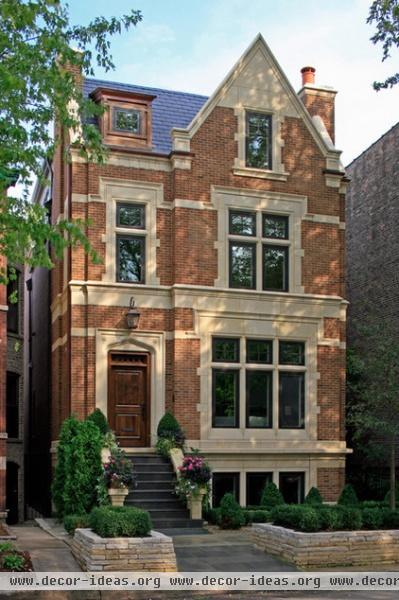
Everyone plays with blocks as a child, but not everyone is cut out to become a mason. It takes great skill to construct walls from brick, block and stone.
The materials are heavy and difficult to cut and shape. Though each piece is laid by hand and walls go up slowly (especially compared to a wall framed with wood), the wall must be perfectly plumb at the end, because there is no way to shim, trim or shift a masonry wall the way you can do with a frame wall covered in siding.
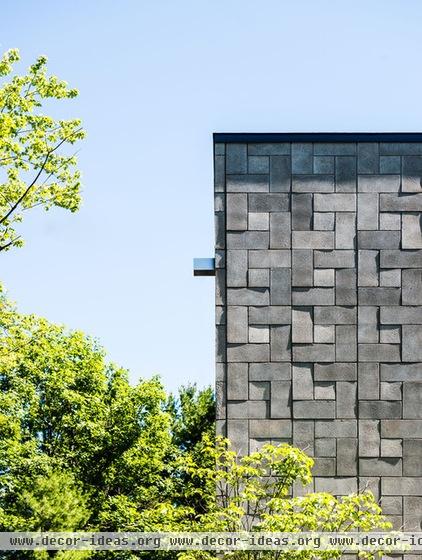
Concrete Masonry Unit
CMU is the most common building block masons use these days. CMU stands for concrete masonry unit, and is usually referred to as CMU on architectural plans.
Laypeople tend to refer to CMU as cinder block, concrete block or just block. Regardless of what you call it, this material is frequently used thanks to its large sizes (8 by 8 by 16 inches is common), which help a structural wall go up quickly.
Browse designs built with CMUs
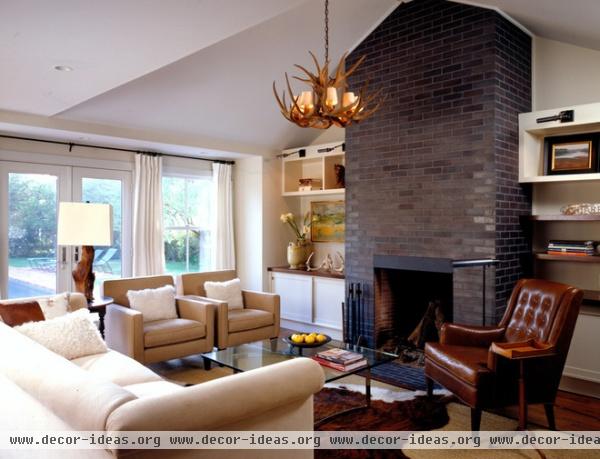
Brick
There are many variations, but in general, a brick is made of clay rather than the concrete in a CMU. Bricks are also generally smaller (about 3 by 8 by 2 inches) and red, though as you can see in this photo, bricks come in all the earthen colors, including black. Though brick looks impenetrable, a brick wall should have gaps in the mortar at the bottom to let moisture out. I also recommend avoiding paint on exterior brick to allow the bricks to breathe.
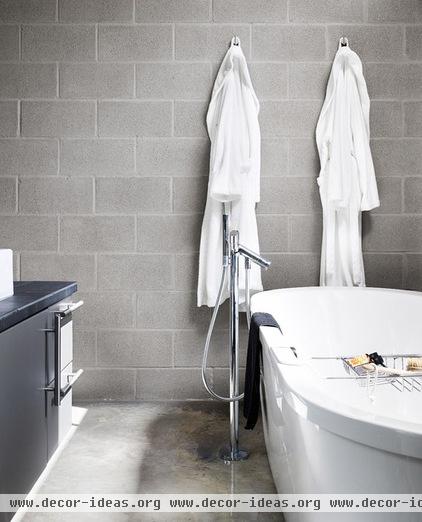
Veneer Masonry
Though you will sometimes see CMU exposed as the finish material, as shown here, concrete block is often hiding behind many other materials on buildings you see every day. In fact, block makes up most foundation walls that aren't poured concrete. A block wall is often covered by a finish coat of stucco or a veneer of brick, stone or cast stone applied directly to the block.
Veneer masonry is made of thin slices of materials applied more like tile than standard stackable masonry units. Once the material has been installed with mortar, it is hard to tell you're not looking at a traditional stone or brick wall. Veneer is great for interior applications where you want the look of masonry without the weight.
Anatomy of a Brick Veneer Wall
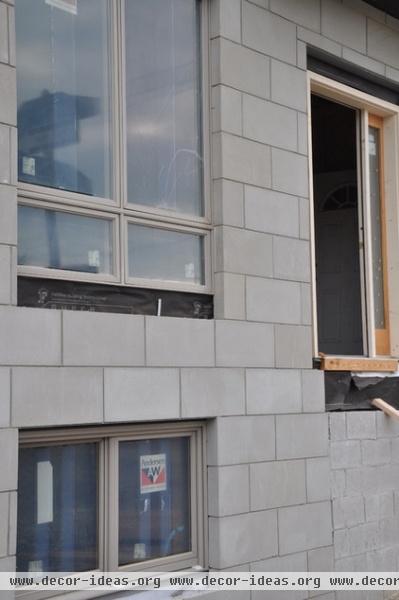
The word "veneer" is also used to refer to one of the most common forms of construction these days: a wood-framed wall that has a nonstructural masonry facade built in front of the framed wall.
These walls will probably not be standing a thousand years from now, as a structural wall might be, but a masonry veneer wall requires very little maintenance other than replacing mortar (pointing) and cleaning infrequently, and it can easily last hundreds of years.
In this photo you can see tar paper covering the plywood sheathing on the wood-framed wall behind the single-thickness cast-stone wall. Note the metal tie under the top window — these ties attach to the wood and are placed into the mortar to keep the wall from shifting away from the building.
Star bolts (large star-shaped metal washers with a bolt on the end) on old facades are there to correct the shifting that came from a lack of ties.
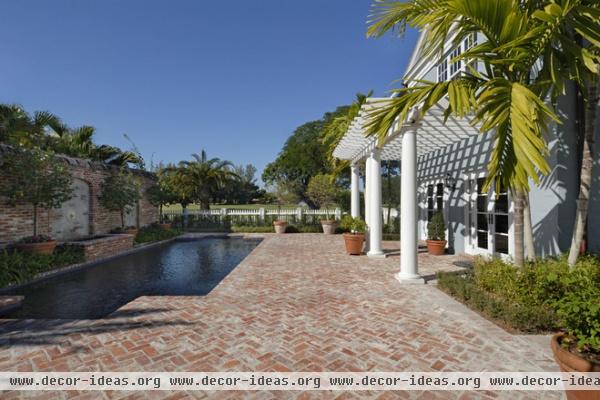
Exterior Applications
Masonry materials are great for using in the garden, on patios and on porches, because they won't deteriorate like wood or plastic. If you use brick as a paving material, make sure the bricks are paver bricks. Many reclaimed bricks will crack if exposed to freeze-and-thaw cycles in direct contact with the dirt.
Though most buildings have mortar holding the bricks, blocks and stones together, mortar is not necessary for many outdoor applications. The garden is a great place for dry-stacked stone walls and paver patios where the gaps are filled with sand.
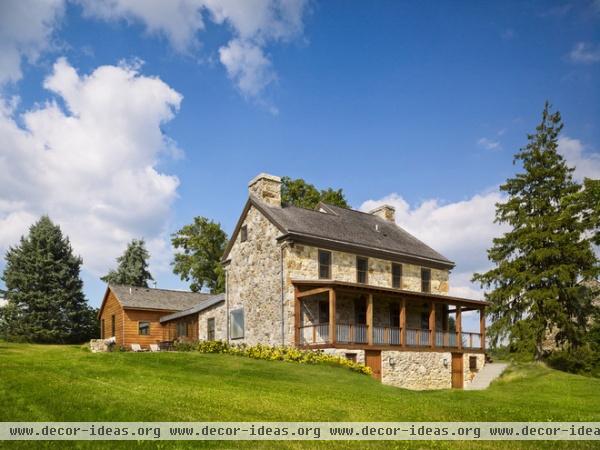
Remodeling Masonry
If you're remodeling a stone building, find a mason experienced in working with stone, and try to find salvaged stone to use where you need to add on. By "toothing" in new stones (replacing stone in a zigzag pattern) and replacing the mortar, a good stonemason can make the addition look like it was always there.
Using masonry for the parts of a home that get the most abuse is a tried and true method for creating a beautiful home that will be around for generations to come. Whether your style is modern, traditional or somewhere in between, there's a masonry unit that'll fit.
Find help: Stonemasons near you
More: Anatomy of a Brick Veneer Wall
Related Articles Recommended












